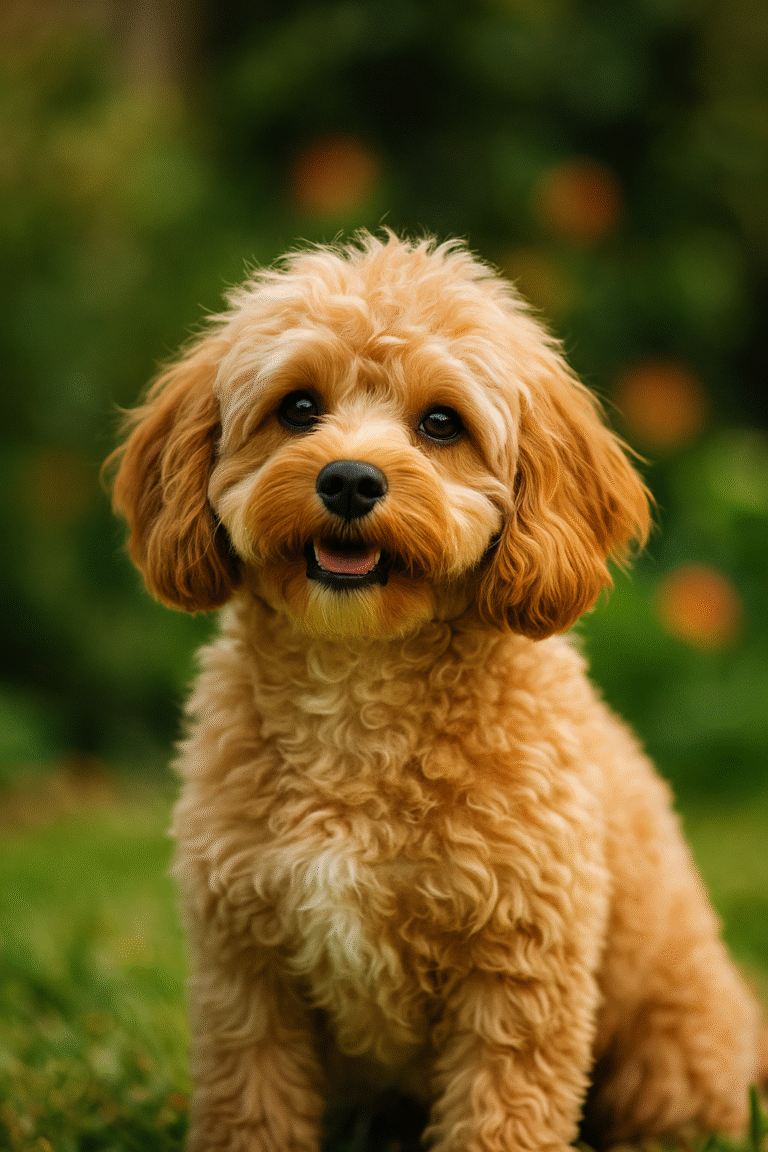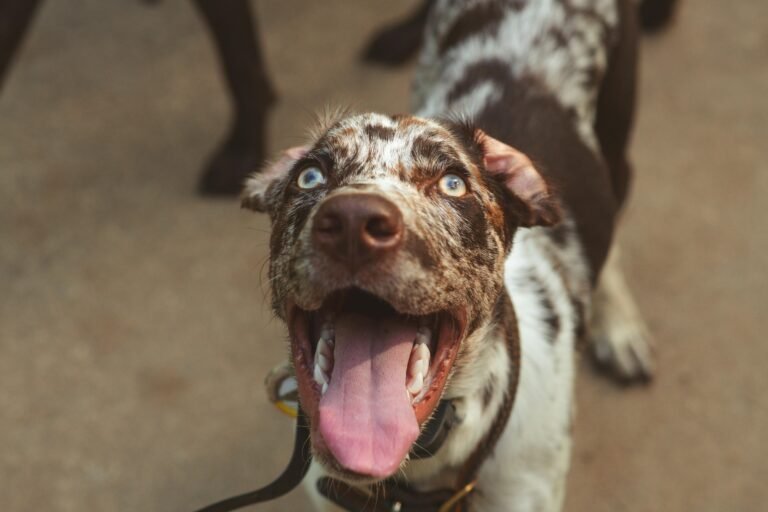The Bichon Frise is one of those breeds that seem almost too cute to be real. With their cotton-like coats, dark button eyes and merry disposition, they have been compared to little clouds on legs. Despite their dainty appearance, these dogs are sturdy, playful companions that have been charming sailors, nobles and families for centuries. If you’re considering adding a Bichon Frise to your home, it’s important to understand where they come from, what makes them unique, and how to care for them so they can thrive.
History and Origins
The Bichon Frise has a long and winding history that can be traced back to the Mediterranean. They are part of the Barbichon family of small companion dogs that also includes the Maltese, Havanese, and Bolognese. Early sailors are believed to have carried these cheerful dogs on their voyages, trading them as valuable companions across the Mediterranean islands. The name “Bichon” likely derives from the French word “barbichon,” or “little Barbet,” reflecting their relationship to the water spaniel.
During the Renaissance, the Bichon Frise’s popularity flourished among European nobility. Painters like Francisco de Goya and Titian even included Bichon-like dogs in their works, immortalizing them in art. Yet the breed’s fortunes waxed and waned: after the French Revolution they fell from aristocratic favor, and many became street performers’ dogs. A group of dedicated French breeders worked to revive the breed in the early twentieth century, standardizing their appearance and temperament. The Bichon Frise was eventually recognized by kennel clubs around the world, and today they continue to enchant dog lovers everywhere.
Physical Characteristics
Though they may look like toys, Bichon Frises are surprisingly sturdy and athletic. These dogs stand between about 9.5 and 11.5 inches (24–29 cm) tall at the shoulder and weigh between 12 and 18 pounds (5–8 kg). Their body is slightly longer than it is tall, giving them a balanced, compact appearance.
One of the most distinctive features of the Bichon Frise is its luxurious coat. The breed has a double coat with a soft, dense undercoat and a coarser outer coat that forms tight curls. When groomed properly, the coat gives the dog a rounded, powder‑puff look that is both eye-catching and functional, as it protects them from the elements. Although the coat is predominantly white, some puppies are born with apricot or cream shading on their ears or body that often fades as they mature.
Key physical traits of the Bichon Frise include:
- Height: 9.5–11.5 inches (24–29 cm)
- Weight: 12–18 pounds (5–8 kg)
- Coat: Double coat with a soft undercoat and curly outer coat
- Color: White (sometimes with light cream or apricot shading)
- Lifespan: 14‑15 years
Their expressive dark eyes and black nose stand out against their snow‑white fur, giving them an alert, lively expression. The plumed tail arches gracefully over their back, adding to their elegant appearance.
Temperament and Personality
If there were a canine embodiment of joy, the Bichon Frise would be a strong contender. These dogs are known for their cheerful, affectionate nature. They are social butterflies that thrive on human interaction and generally get along well with children, other dogs and even cats when properly introduced. Bichons are playful without being hyperactive, making them a great match for families who want a small but sturdy companion.
The breed’s social nature also means that they do not like being left alone for long periods. A Bichon that doesn’t receive enough attention may develop separation anxiety or resort to barking and destructive behaviors. Early training and a consistent routine help them feel secure.
Some of the hallmarks of Bichon Frise temperament include:
- People-oriented and eager to please
- Generally good with children and other pets
- Playful but not overwhelmingly energetic
- Sensitive and may develop separation anxiety if left alone
- Alert and quick to sound the alarm, but not aggressive
Because of their friendly disposition, Bichons are often used as therapy dogs, providing comfort and smiles in hospitals, schools and care facilities.
Training and Socialization
Although Bichons are intelligent and eager to please, they can have a stubborn streak. Positive reinforcement techniques—praise, treats and play—work best to motivate them. Because they are sensitive, harsh corrections should be avoided.
Early socialization is crucial to raising a well‑rounded Bichon. Introduce your puppy to different people, places, sounds and experiences during the critical socialization period (around 3–14 weeks old). This helps prevent timidity and reduces the likelihood of excessive barking later in life. Puppy classes can be a great way to combine training and socialization.
House training is another area that may require patience. Small dogs often have small bladders, and the Bichon is no exception. Crate training and a consistent schedule of potty breaks, especially after eating or waking up, can help set your puppy up for success.
Key training tips for Bichon Frises:
- Start basic obedience training early (sit, stay, come and leash walking)
- Socialize widely with people of different ages, appearances and behaviors
- Use positive reinforcement; avoid punishment-based methods
- Keep training sessions short and fun to maintain their interest
- Be patient with house training and reward successes generously
Exercise and Mental Stimulation
Bichon Frises are lively, but they do not require marathon exercise sessions. Two short walks a day, combined with interactive play at home, will usually meet their physical needs. They enjoy games like fetch, learning tricks and using puzzle toys that challenge their minds. Without enough mental stimulation, they may create their own entertainment, which can include chewing or barking.
Because of their small size, they can adapt well to apartment living as long as they have daily opportunities to burn off energy. A fenced yard offers a safe place to romp, but supervised play is always a good idea.
Grooming and Care
The gorgeous coat that makes the Bichon Frise so appealing also requires diligent care. Without regular grooming, the curls can mat and trap dirt, which can lead to skin irritation or infections.
A comprehensive grooming routine for a Bichon Frise includes:
- Brushing: Use a slicker brush and comb to remove tangles and prevent mats. Aim to brush at least three times a week.
- Bathing: Bathe your Bichon every four to six weeks using a gentle dog shampoo. Thoroughly rinse and dry the coat to prevent skin issues.
- Professional grooming: Many owners take their Bichons to a professional groomer every four to six weeks for a haircut and thorough coat maintenance.
- Ear care: Clean their ears regularly to prevent wax buildup and ear infections, which small, floppy‑eared breeds can be prone to.
- Eye care: Wipe around their eyes to reduce tear staining, which can cause brownish discoloration on white fur.
- Dental care: Brush your Bichon’s teeth several times a week and provide dental chews to minimize tartar buildup.
- Nail trimming: Trim nails regularly to prevent overgrowth and discomfort.
Keeping up with these tasks not only keeps your Bichon looking their best but also helps you check for lumps, bumps or skin problems early.
Health and Lifespan
Bichon Frises are generally healthy dogs with a long lifespan, often living 14 years or more. Like all breeds, they are prone to certain health conditions. Responsible breeders screen their breeding dogs to reduce the incidence of inherited disorders. Conditions to be aware of include:
- Allergies and skin conditions (often manifested as itching and redness)
- Dental disease due to crowding of teeth in a small mouth
- Ear infections caused by hair in the ear canal and moisture
- Patellar luxation (knee cap dislocation)
- Hip dysplasia (less common in small breeds but still possible)
- Eye disorders such as cataracts and progressive retinal atrophy (PRA)
- Bladder stones or infections
Routine veterinary checkups, vaccinations and preventive care help keep Bichons healthy. A balanced diet tailored to their size, age and activity level is also crucial to maintaining a healthy weight.
Living with a Bichon Frise
Bichons adapt well to a variety of living situations, making them popular among apartment dwellers and suburban families alike. They thrive on companionship, so they do best in homes where someone is around for much of the day. Their small size makes them easy to travel with, and their friendly disposition usually makes them a hit wherever they go.
Because their coats are considered hypoallergenic, they are often recommended for people with mild dog allergies. However, no dog is completely allergen-free. It’s important to spend time with the breed before committing if allergies are a concern.
Families with children will appreciate the Bichon’s gentle demeanor, but kids should be taught how to interact respectfully with a small dog. Seniors and singles also find Bichons to be loving companions that motivate them to stay active without being overwhelming.
Conclusion
Bringing a Bichon Frise into your life means embracing a little ball of sunshine. These dogs may require regular grooming and don’t like being left alone, but in return they provide endless affection, laughter and companionship. Understanding their history, temperament and care needs is the first step toward ensuring that your “cheerful cloud dog” enjoys a long, happy life by your side.






